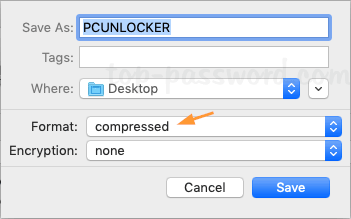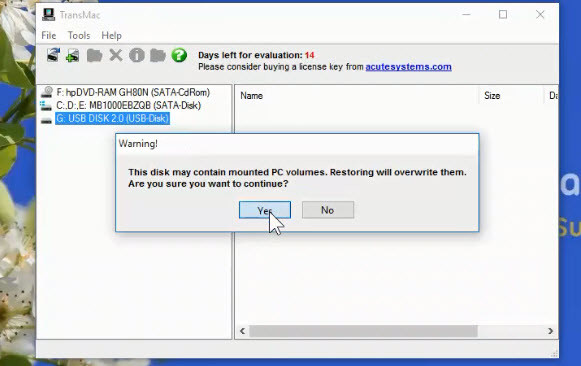

If you want to accelerate data recovery from a damaged disk.Creating an image preserves data that is still being read.
 If the disk has started to “die”: when bad blocks appear, the process progresses quite quickly. There are two main situations when it will be good to use an image created by DiskInternals VMFS Recovery: You can just do a system image recovery on Windows 10. For example, one of the computers used may have a hard disk that is out of order and not to configure new configurations, applications, etc. Secondly, the disk image is also very useful for network administrators when they need to work with multiple PCs. This will protect you from the inevitable loss of any data, OS parameters, etc. This article is fully dedicated to this theme and here you will find out:Īre you ready? Let's read! How can you use a disk imageįirstly, you can use it to have a duplicate of your hard drive, especially if you already have some problems with it. Well, disable it, restart your MacOS, do the changes and then don't forget to enable it again.A Disk Image is a mirror of your logical drive that is stored in one file. basically, you need to restart your mac in recovery mode, go to menu utilities and open terminal, type crsutil status to check if it is enabled or disabled, then you can use csrutil disable or csrutil enable. Obs.: if your MacOS complain, you need to disable the CSR before change this. That's it, now when you open the Bootcamp assistant you can use the option that allows you to create a USB install boot disk. it will ask if you want to replace it, then you answer yes. Save this file, go back to the contents of the Boot Camp Assistant and drag the newly edited file into.
If the disk has started to “die”: when bad blocks appear, the process progresses quite quickly. There are two main situations when it will be good to use an image created by DiskInternals VMFS Recovery: You can just do a system image recovery on Windows 10. For example, one of the computers used may have a hard disk that is out of order and not to configure new configurations, applications, etc. Secondly, the disk image is also very useful for network administrators when they need to work with multiple PCs. This will protect you from the inevitable loss of any data, OS parameters, etc. This article is fully dedicated to this theme and here you will find out:Īre you ready? Let's read! How can you use a disk imageįirstly, you can use it to have a duplicate of your hard drive, especially if you already have some problems with it. Well, disable it, restart your MacOS, do the changes and then don't forget to enable it again.A Disk Image is a mirror of your logical drive that is stored in one file. basically, you need to restart your mac in recovery mode, go to menu utilities and open terminal, type crsutil status to check if it is enabled or disabled, then you can use csrutil disable or csrutil enable. Obs.: if your MacOS complain, you need to disable the CSR before change this. That's it, now when you open the Bootcamp assistant you can use the option that allows you to create a USB install boot disk. it will ask if you want to replace it, then you answer yes. Save this file, go back to the contents of the Boot Camp Assistant and drag the newly edited file into. 
In my case I changed from Macbook7,2 to MacBookPro8,2. If it is like PreUSBBootSupportedModels, change the name to USBBootSupportedModels, expand this line and at the item0, edit and write down your MacBook model as a string value. Open this ist file with a plist file editor or xcode, then look for a line saying "USBBootSupportedModels". Then find the file ist and drag and drop to a whatever folder you created before. go to your application>utilities, select the Boot Camp Assistant app, right click > show packages content. So, for those who can't create the USB install disk, here some tip.







 0 kommentar(er)
0 kommentar(er)
